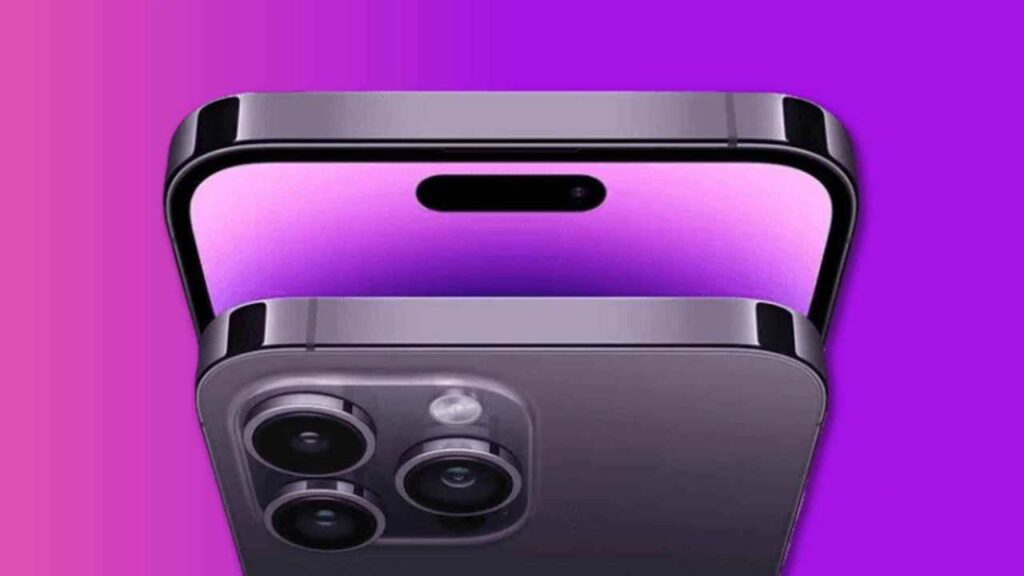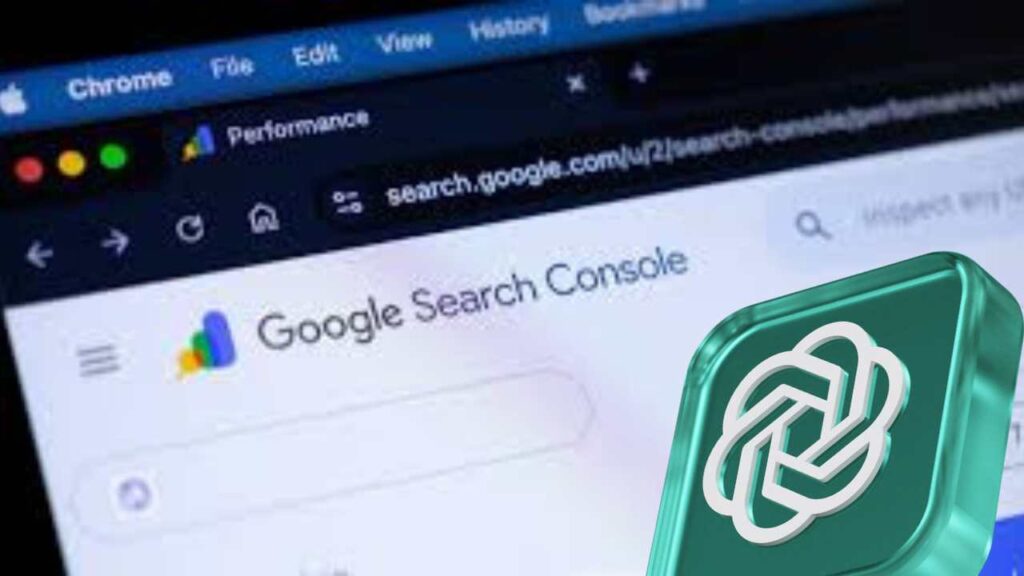The Unified Payments Interface ecosystem will now work even without internet access. Bringing digital payments to millions of users with basic phones. Recent announcements show the service will reach about 850 million Indians who still lack full UPI adoption. Including roughly 400 million feature-phone users. Users just need to dial *99# on any mobile phone to access menus for sending money, receiving funds, checking account balances and changing UPI PIN all without data connectivity. That option expands the existing offline tools like the USSD-based platform known as NUUP. The user links their mobile number to a bank account and sets up a UPI PIN. Then they dial *99#, select “Send Money”, choose a method (mobile number, UPI ID or account + IFSC), enter amount and PIN, and confirm the transaction. The ceiling per transaction stands at ₹5,000 and a nominal fee of around ₹0.50 applies.
This rollout carries major implications. First, digital inclusion takes a leap: feature-phone owners in rural or poorly connected regions now gain reliable access to payments and banking services. Second, merchants in remote markets can accept digital payments without relying on stable internet lines. Third, with a transaction cap, the move appears designed for low-value everyday payments such as local shops, vegetable vendors and transport fares rather than high-end transfers.
Challenges remain. While the *99# service works across telecom networks and handsets. Users must still register their number and set the UPI PIN beforehand. Many may require guidance or bank support to complete that onboarding. Also, limited transaction value means users may still rely on other methods for larger payments. Users must protect their UPI PIN and ensure they dial the right service to avoid fraud. In short, offline UPI payments mark a significant shift in India’s payments landscape. By embracing feature phones and USSD menus, the country moves closer to tapping its full digital payments potential even where connectivity falls short.











